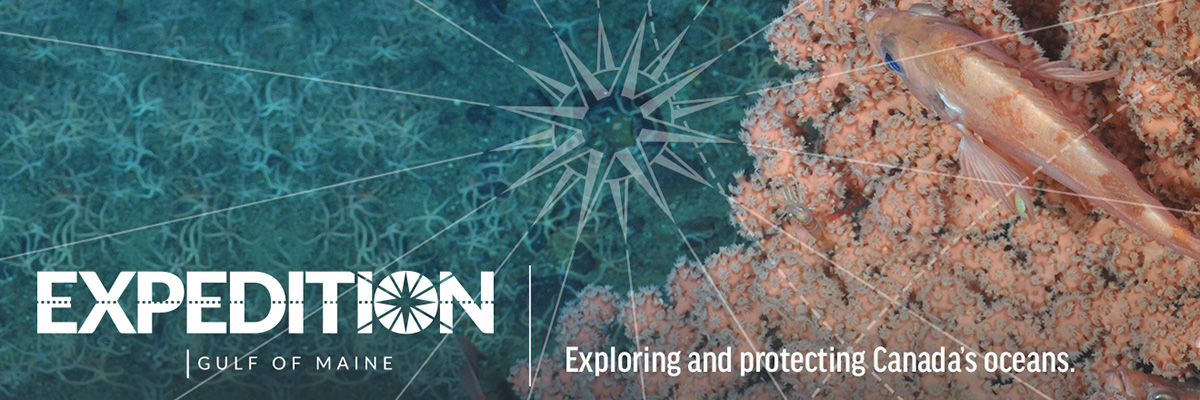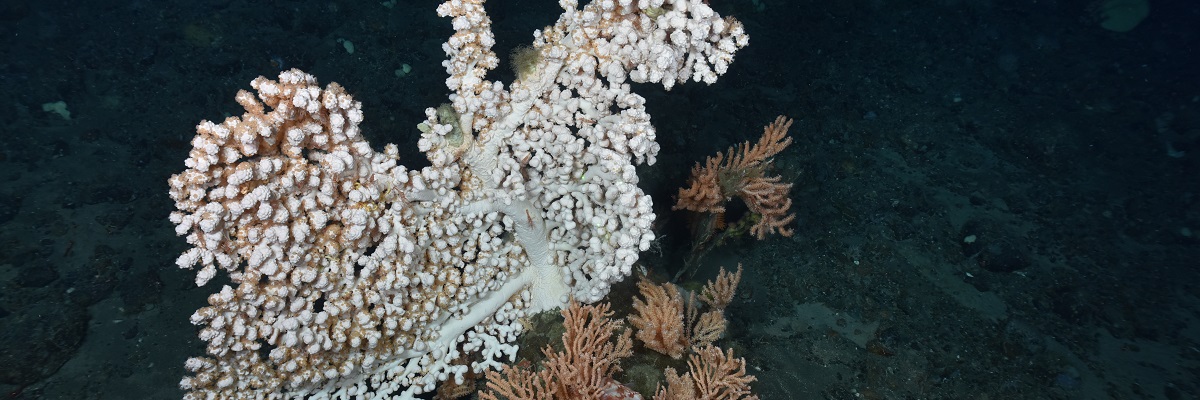Gulf of Maine Expedition Update

Gulf of Maine Expedition Update
Exploration of the Gulf of Maine with the goal of discovering new species and habitats in need of protection
From June 8th to 22nd, 2017, ROPOS was mobilized onboard the NOAA Ship Henry. B. Bigelow for an international expedition to explore the Gulf of Maine.
Scientists, researchers, students and technicians from Dalhousie University and Memorial University lead the Canadian leg of the expedition, funded by the Natural Sciences and Engineering Research Council of Canada (NSERC). Together with researchers from the U.S. National Oceanic and Atmospheric Administration (NOAA), they explored the unique Gulf of Maine ecosystems with the goal of discovering new species and habitats in need of protection.
Read more: Gulf of Maine Expedition Update
ROPOS Supports BGR in the Indian Ocean

ROPOS supports BGR in the Indian Ocean
ROPOS identified two new vent fields along the Northern section of the Southeast Indian Ridge
From October 31st to December 18th, the CSSF team had the pleasure of working for the German Federal Institutes of Geosciences and Natural Resources (BGR) in the Indian Ocean, on board the deep-sea research ship RV SONNE. INDEX2019 focused on exploring for new active and inactive polymetallic sulphide sites and on expanding the environmental baseline in BGR’s allocated lease clusters. During this 7-week period ROPOS conducted 18 dives and went to a maximum depth of 3,300 meters.
ROPOS helps protect sensitive benthic areas

ROPOS helps protect sensitive benthic areas
ROPOS Cruise leads to protection of 9000 square km² of vulnerable cold water coral habitat
In June 2014, CSSF was part of a collaborative research cruise between Dalhousie University, NOAA, and Fisheries and Oceans Canada (DFO), to explore deep sea corals in the Gulf of Maine onboard the RV Bigelow. This cruise explored several offshore canyons and discovered significant concentrations of breath-taking centuries-old cold water corals. Over the course of 12 days, ROPOS conducted 16 dives, visited 7 dive sites, and accumulated 168 hours of dive time providing the research team with 68 video transects, 236 physical samples, 7.5 terabyte of HD video, and over 1000 digital stills.
Read more: ROPOS helps protect sensitive benthic areas
Deep-Sea Coral Research in Submarine Canyons

Deep-Sea Coral Research in Submarine Canyons
ROPOS collected data on the distribution, abundance and diversity of deep-sea corals for future MPAs
From 14-27 June 2019, the CSSF team joined chief scientists Drs. Martha Nizinski (NOAA) and Anna Metaxas (Dalhousie University) in support of their deep-sea coral research in submarine canyons off the Northeast Coast of the U.S. and Canada and in the Northern Gulf of Maine. The research team focused on filling data gaps in the distribution, abundance, and diversity of deep-sea corals to inform resource managers and aid in determining MPA boundaries and coral-closure areas on both sides of the border.
